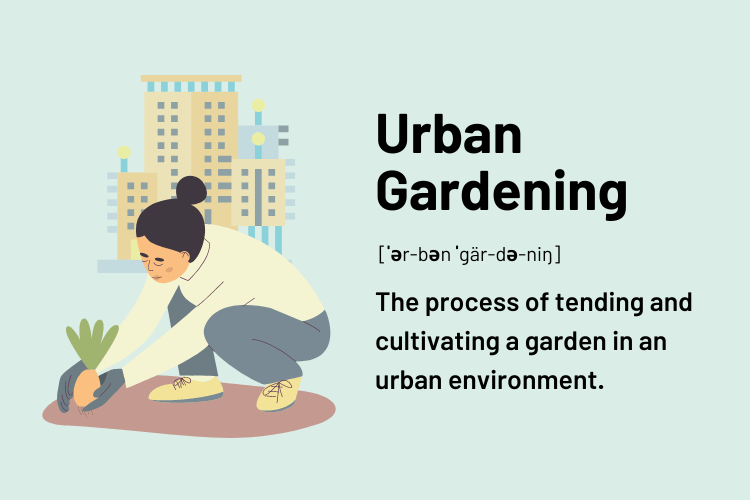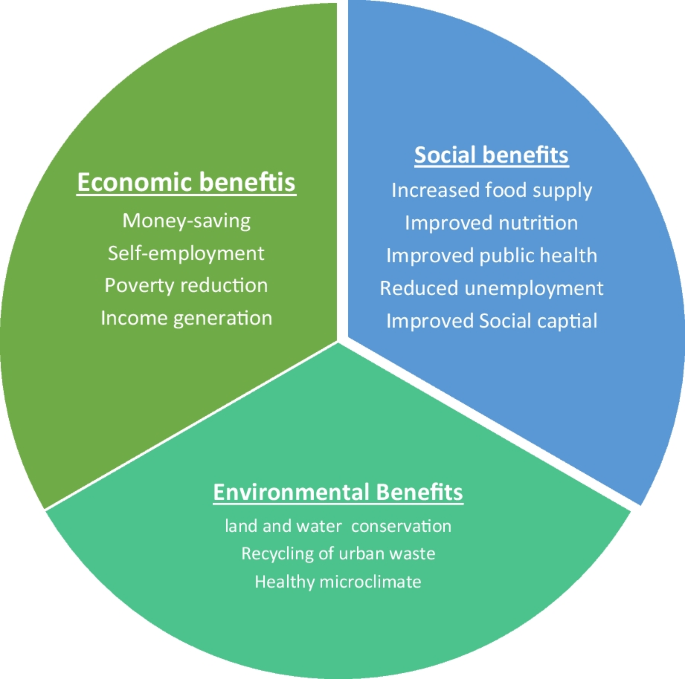Rumored Buzz on City Blooming
The Facts About City Blooming Uncovered
Table of ContentsRumored Buzz on City BloomingThe 3-Minute Rule for City BloomingIndicators on City Blooming You Need To KnowThe City Blooming StatementsSome Ideas on City Blooming You Need To Know
Urban yards often gain from warmer microclimates, permitting the farming of much less hardy plants such as hands and bamboo. https://www.figma.com/design/Et3Rkdp3J3eh1i3zFgVRpB/Untitled?node-id=0-1&t=O6jQY1phRNUnZUdc-1 usually located in warmer areas. And as we have actually claimed, do not just decide for little plants; small city gardens can manage big plants and trees and choosing these over small fussy shrubs will certainly make the space feel larger and much more excitingUtilize big containers they do not dry as swiftly as smaller pots, so they are much less work to maintain water. Choose hardscaping elements for a city garden The organized lines, unbalanced setup, and use contrasting materials in this London-based Victorian terrace's yard layout produce a smooth connection with the architecture, making it appear as an all-natural expansion of the overall visual.
Plant up and down Cover the wall surfaces in plant, whether that be lovely mountain climbers that billow messily over your fence or something more had and modern like a living wall. Take advantage of a light well garden Whitewashed walls and light flooring ceramic tiles turn it from a dark and run down room right into a location you 'd intend to invest time on a Sunday morning with a mug of coffee.
Fascination About City Blooming
Vertical farming and aeroponics permit plants to be grown in controlled environments, utilizing minimal space and resources. IoT-based ingenious horticulture systems enable remote tracking and automation of horticulture procedures. Urban farming applications and on-line resources supply valuable details, suggestions, and community support for city gardeners. A page from the London Municipal government internet site provides information about metropolitan farming in London.
They have a mission to finish appetite in our generation by growing yards on unused land in cities. They offer a variety of sources to help people obtain entailed in city farming, consisting of educational materials, horticulture suggestions, and an area online forum.

5 Simple Techniques For City Blooming
Urban Growth is a community-led firm that deals with both neighborhoods and designers to create a healthier city. They are dedicated to sustainability, empowerment, and pleasure, and they think that everybody has the power to make a difference. Urban gardening is a powerful activity that brings nature back into the concrete forest.
Katy began at Gardening Express with minimal understanding of gardening, yet under the mentorship of Chris Bonnett and the other gardening experts in the business, she currently has more than two years of experience in the horticulture market. Katy has edited 300 write-ups on subjects such as plant treatment, garden designs, yard style, and upkeep.
Katy's goal is to assist novices and skilled garden enthusiasts alike create and appreciate their own welcoming outdoor spaces easily.
Community gardens are semi-public rooms shared by an area of next-door neighbors and other individuals where they jointly get involved in expanding fruits, veggies, or blossoms, sharing labor and harvest. It's great to get involved in these sustainable projects as they're equally helpful for you, the neighborhood, and the environment. Neighborhood gardens are located in communities, yet can also be developed in institutions, domestic lands, or organizations, such as hospitals.
The Only Guide to City Blooming
A few of the ecological benefits of area yards consist of: Reconstruction of uninhabited land and environments by repurposing themProduction and updating of water seepage and other ecological community servicesPromotion of biodiversity by growing native plantsEducating the area regarding gardening, city agriculture, and their benefitsReduction of food transport lessening air pollutionPromotion of lasting agriculture practicesFostering social inclusionThe above ecological benefits reveal the total importance of neighborhood yards and their contribution to offering environment for microorganisms and food to the citizens, removing food insecurity.
Neighborhood gardens add to accomplishing these objectives as they come to all despite course, age, gender, education, line of work, etc, and play a significant duty in elevating understanding and understanding concerning gardening and city agriculture among the citizens. Community yards highlight a requirement for city slicker to return to nature.

Plus, it eliminates food insecurity in neighborhoods which is a worthy objective. Working in a shared yard enables a return to true values.
What Does City Blooming Do?
Several of the environmental advantages of neighborhood gardens include: Restoration of uninhabited land and environments by repurposing themProduction and updating of water seepage and other environment servicesPromotion of biodiversity by planting native plantsEducating the neighborhood about gardening, metropolitan agriculture, and their benefitsReduction of food transportation reducing air pollutionPromotion of lasting agriculture practicesFostering social inclusionThe above environmental benefits reveal the total value of area yards and their payment to providing habitat for microorganisms and food to the locals, getting rid of food instability.
Area yards add to achieving these goals as they are easily accessible to all despite class, age, gender, education and learning, line of work, etc, and play a massive role in increasing understanding and expertise about horticulture and city agriculture amongst the citizens. Neighborhood yards highlight a demand for city occupants to return to nature.
A means to get closer to nature by following ecologist valuesSpaces of social diversity where conviviality and exchanges aboundPlaces that promote the integration of disadvantaged groups or individuals with handicaps right into the social fabricA method to enhance your living setting (for individuals living in apartment or condos and having little environment-friendly space at container and raised bed gardening etc. their disposal)A location of area amusement, to hold cultural occasions and outside partiesThe possibility to grow vegetables, fruits, and natural herbs at low costAn opportunity to relocate and exercise in the fresh air by committing a couple of hours a week to gardening and preserving your garden plotThe chance to share and exchange with other individuals items from the harvestOpportunities to raise awareness and inform people concerning environmental respect through methods such as composting, organic gardening, rainwater harvesting, etc.
Plus, it removes food instability in areas which is a worthy objective. Functioning in a shared garden allows a return to true values.